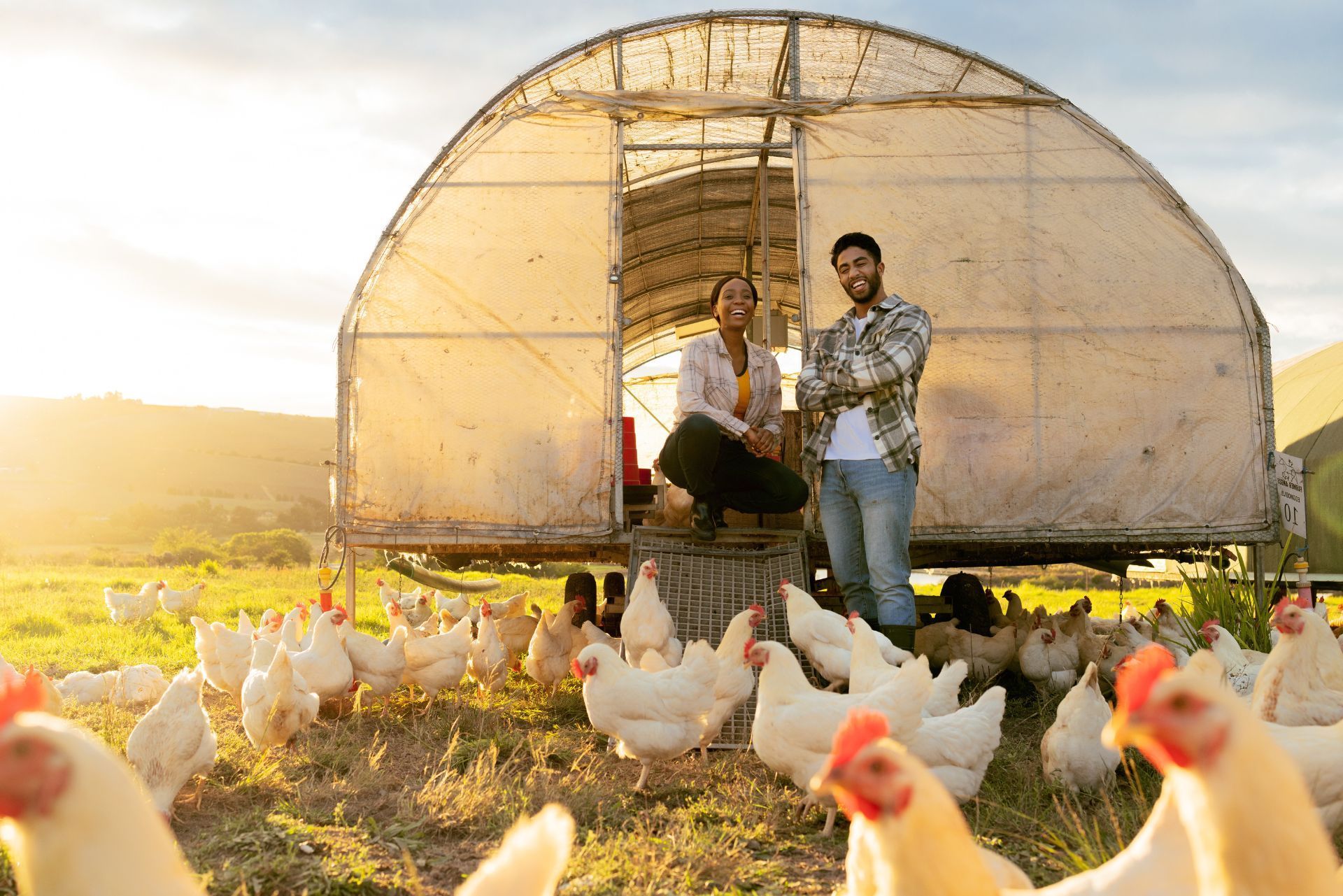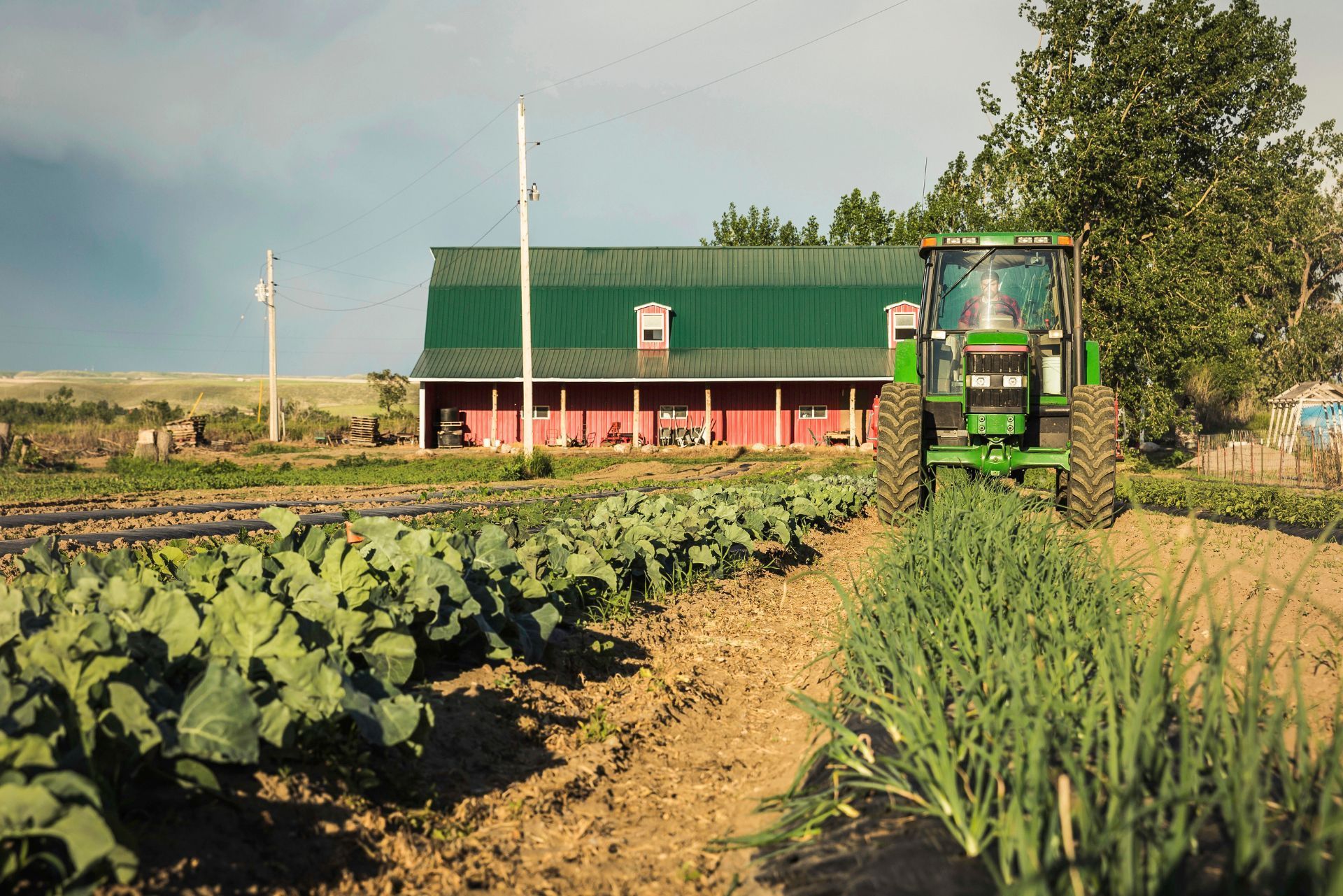Common Business Insurance Policies
By: Matt Larsen
Owner of Capstone Insurance Group & Farm Insurance Advisor
763-242-1668
Index
Contact Us
Farm insurance, also known as farm, ranch, and crop insurance, is a unique type of insurance policy that is designed to protect the livelihood of farmers and ranchers. In the state of Minnesota, where agriculture plays a significant role in the economy, understanding the ins and outs of farm insurance is crucial. This comprehensive guide will delve into the various aspects of farm insurance, from the types of coverage available to the factors that influence the cost of premiums.
Understanding Farm Insurance
Farm insurance is a specialized type of policy that covers a wide range of risks associated with farming and ranching. It is designed to protect farmers and ranchers from financial losses that can result from a variety of events, such as natural disasters, crop diseases, and livestock illnesses.
Unlike standard homeowners or business insurance, farm insurance is tailored to the specific needs of farmers and ranchers. It typically includes coverage for the farm dwelling, outbuildings (like barns and silos), machinery and equipment, livestock, and crops.
The Importance of Farm Insurance in Minnesota
Minnesota is a state rich in agricultural history and production. From dairy farms to grain operations, Minnesota's farmers contribute significantly to the state and national economy. However, farming in Minnesota also comes with its unique set of risks, including severe weather conditions, pests, and market fluctuations.
Farm insurance provides a financial safety net for these farmers, helping them recover from losses and continue their operations. Without adequate farm insurance, a single event could potentially wipe out a year's worth of income or even lead to the loss of the farm.

Types of Farm Insurance Coverage
There are several types of farm insurance coverage available to Minnesota farmers. The type and amount of coverage needed will depend on the specific operations of the farm.
Here are some of the most common types of farm insurance coverage:
- Dwelling Coverage: This covers the farmhouse against damage or loss due to events like fire, windstorms, or vandalism.
- Outbuilding Coverage: This protects structures like barns, silos, and sheds that are used in the farming operations.
- Machinery and Equipment Coverage: This covers farm machinery and equipment, both on and off the farm property.
- Livestock Coverage: This protects against financial loss due to the death of livestock from covered perils, such as accidents, disease, or weather events.
- Crop Insurance: This covers crop loss due to natural disasters, disease, or decline in market prices.
Factors Influencing Farm Insurance Premiums
Several factors can influence the cost of farm insurance premiums in Minnesota. Understanding these factors can help farmers and ranchers budget for their insurance costs and potentially find ways to lower their premiums.
Here are some of the key factors that insurance companies consider when determining farm insurance premiums:
- Type of Farming: The type of farming operation can greatly influence the cost of insurance. For example, a dairy farm may have different insurance needs and risks than a grain farm.
- Location: The farm's location can also affect insurance costs. Farms in areas prone to severe weather or pests may have higher premiums.
- Size of the Farm: The size of the farm, including the number of acres and the value of the buildings and equipment, can impact the cost of insurance.
- Claims History: Farmers who have made previous insurance claims may face higher premiums.
Choosing the Right Farm Insurance Policy
Choosing the right farm insurance policy is crucial to ensuring that your farm is adequately protected. Here are some tips to help you make the right decision:
First, assess your risks. Consider the types of disasters that your farm is most likely to face, such as tornadoes, floods, or pests. Also, consider the value of your property, including your home, outbuildings, machinery, livestock, and crops.
Next, compare policies from several different insurance companies. Look at the types of coverage they offer, the limits of coverage, and the cost of premiums. Also, consider the reputation of the insurance company and their history of handling claims.
Finally, consider working with an insurance agent who specializes in farm insurance. They can help you navigate the complexities of farm insurance and find a policy that best fits your needs and budget.

Conclusion
Farm insurance is a crucial part of running a successful farming operation in Minnesota. It provides financial protection against a wide range of risks, ensuring that farmers can recover from losses and continue their operations. By understanding the different types of coverage available and the factors that influence premiums, farmers can make informed decisions about their farm insurance needs.
Remember, the right farm insurance policy can mean the difference between a minor setback and a devastating loss. So, take the time to understand your options and choose a policy that provides the protection your farm needs.






